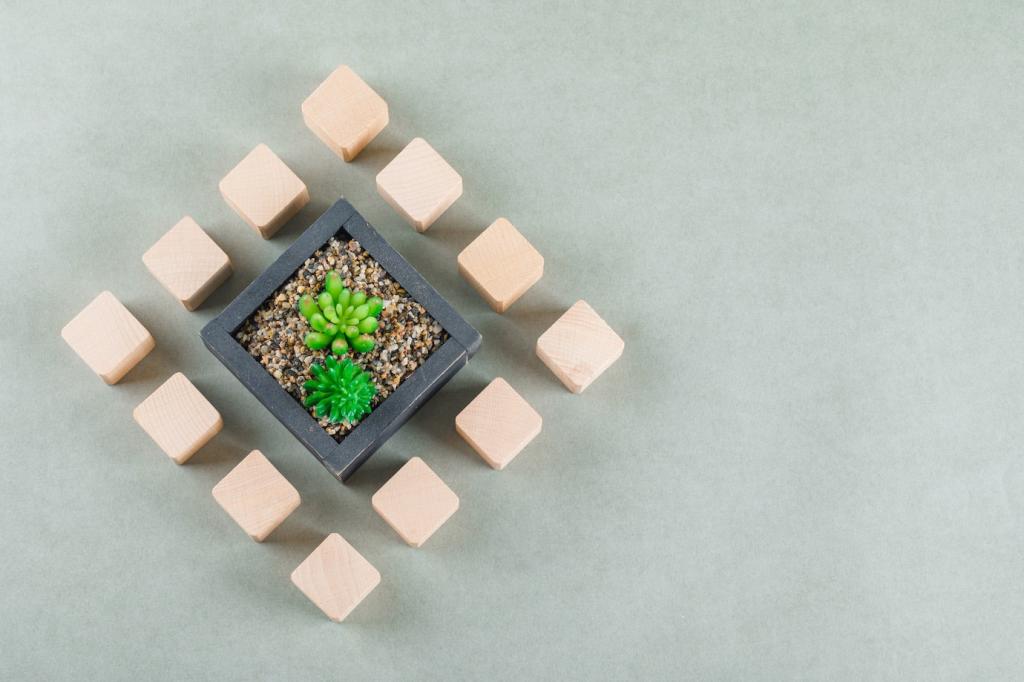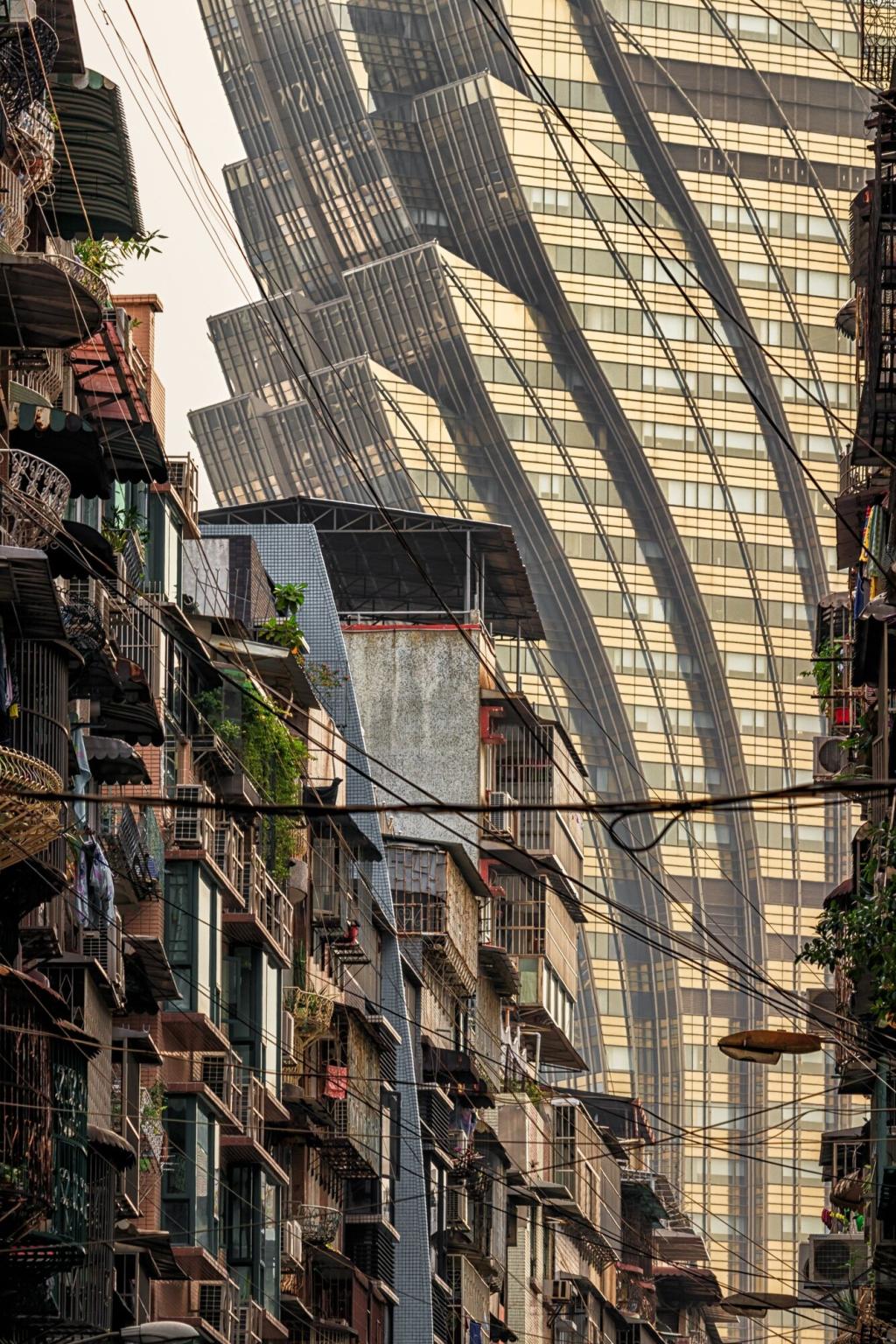Designing a Balcony or Pocket-Park Habitat
Use deep, stable pots with excellent drainage and peat-free mixes richly amended with compost. Dark containers warm faster, while light colors reduce stress. Group pots to create a wind buffer and conserve moisture through shared humidity.
Designing a Balcony or Pocket-Park Habitat
Offer a shallow bee bath with stones for safe landings, and keep wet clay or mud nearby for mason bees. Leave some hollow stems, a few brushy bundles, and small sunny patches of bare soil for ground-nesting species.






